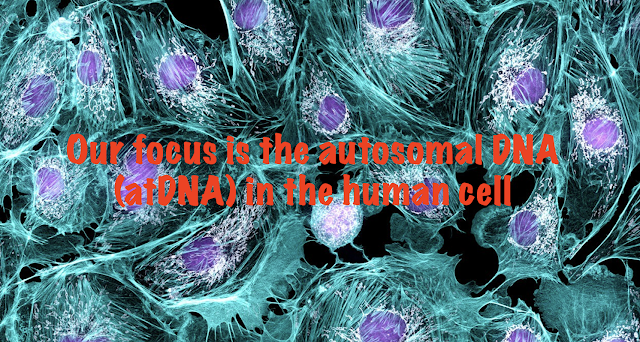MODULE 1: Let's talk tree terminology!
Genetic/biological v social/known pedigree
The further you go back with your genetic research, the more likely you are to find "unexpected parentage". When working with DNA, you are researching your genetic pedigree and this is what you should be recording in your tree to get the full benefit of your DNA research. If it's a sensitive matter, you can make the tree private searchable or unsearchable at ancestry.com.
Note that the Thruline and Common Ancestor features of AncestryDNA will not work if your AncestryDNA test is attached to a private unsearchable tree.
You can see my two pedigrees below. The biological father of my grandfather, James Woodlands, was Cornelius Bray. His step father was James Woodland and appears in my social/known pedigree.
You can record both the genetic/biological and social/known relationships in your tree but ensure that the genetic/biological is the preferred view.
Family view v pedigree view of a tree
Click HERE to read about the differences in ancestry.com.
 |
| https://support.ancestry.com/s/article/Changing-a-Tree-Layout |
Public v private and private searchable v private unsearchable trees on ancestry.com
Click HERE for all the help you'll need to maintain your tree at ancestry.com.
Click HERE to read about family tree privacy at ancestry.com.
Here's where you change and check your tree settings...
When you're looking at your AncestryDNA matches, you'll see if your match has a public or private (searchable) tree linked to their test. Unlinked tree is a public tree that's not linked to the match's DNA test. No tree means that your match doesn't have a tree at ancestry.com or it's a private unsearchable tree.
Remember to check your match's profile at ancestry.com as they often have other (useful) trees that you can use.





